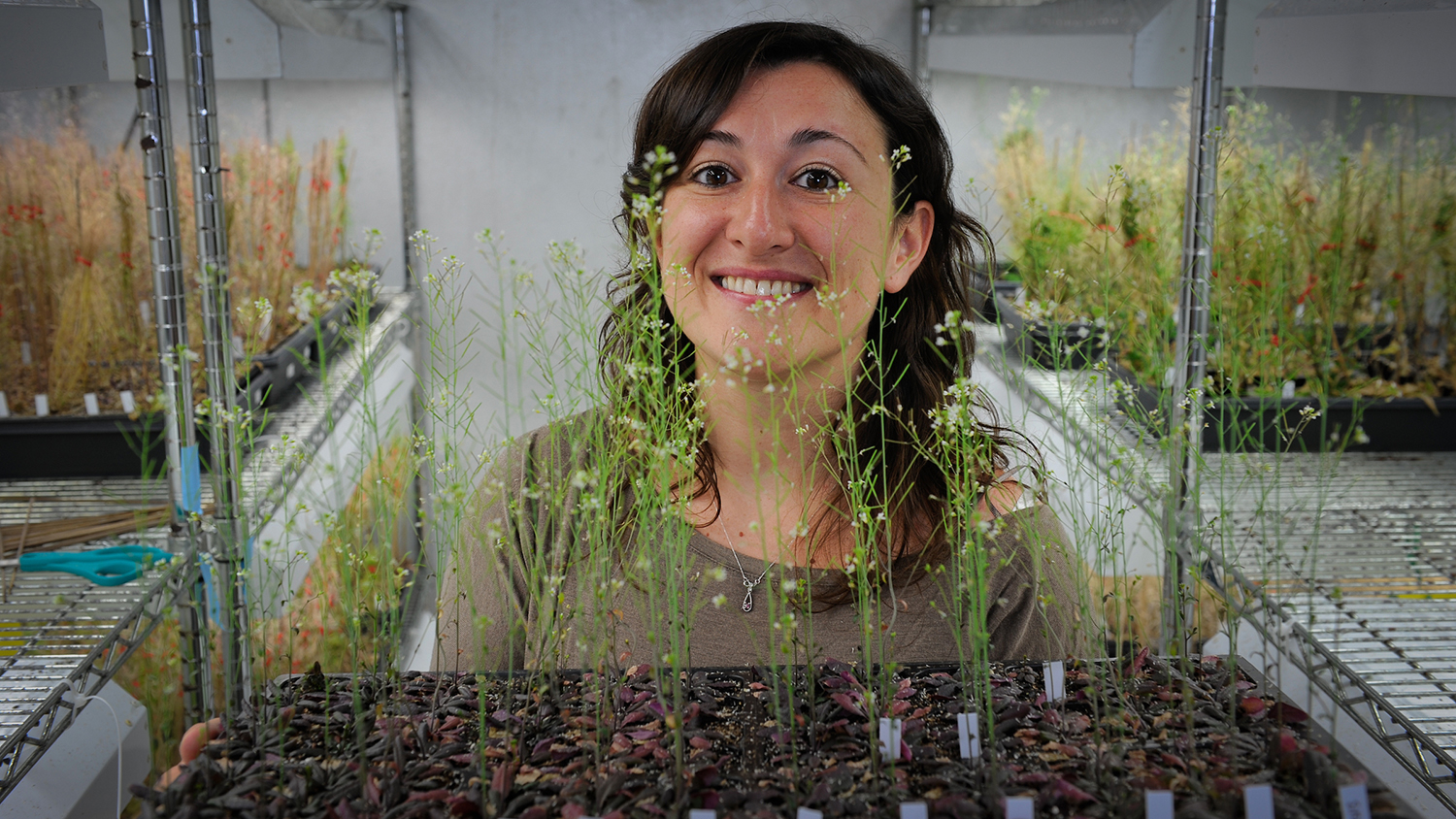Faculty Focus: Evolutionary Ecologist Seema Sheth
Seema Sheth, an evolutionary ecologist and an assistant professor in the Department of Plant and Microbial Biology, studies how plants adapt to climate. She joined the CALS community in January 2018. In addition to teaching and research, Sheth serves as the Science Director for the nonprofit organization Global Observation Research Initiative in Alpine Environments (GLORIA) Great Basin. GLORIA is an international effort to study the effects of climate change on high mountain plants worldwide. We caught up with Sheth to talk about her work and her path to CALS.
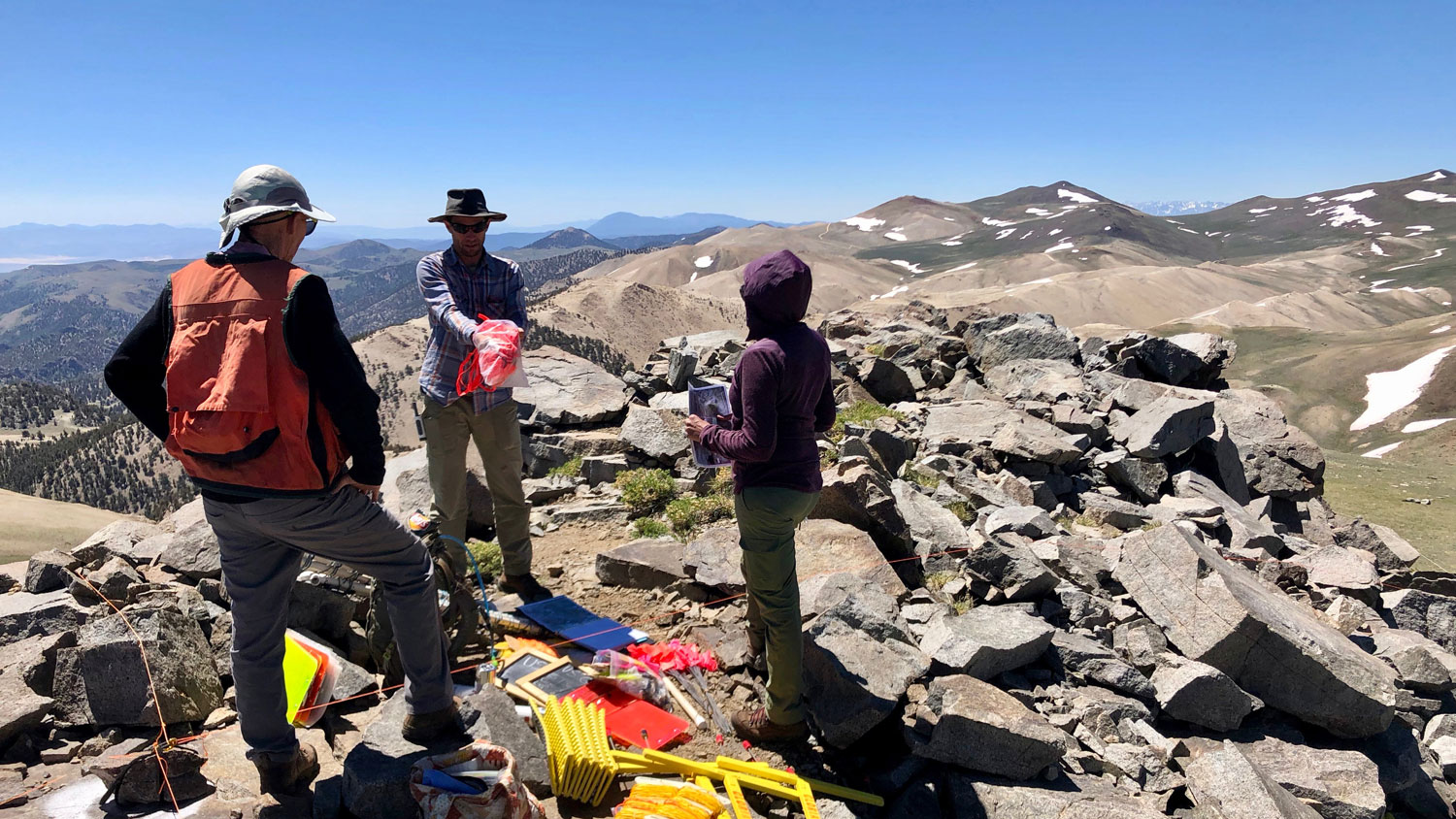
What brought you to NC State and CALS?
I was really enthusiastic about the position at NC State because the department voted unanimously on hiring a plant evolutionary ecologist, so the position was a really great fit. Since my work bridges the disciplines of ecology and evolution, sometimes my focus is viewed as too ecological for an evolutionary biologist position and vice versa. I was really excited that I could be myself in this position, and that the department values the kind of work my lab does.
What does it mean to be an evolutionary ecologist?
One of the main questions my lab studies is whether plants can adapt fast enough to keep up with climate change. From an ecological perspective, answering this question requires information about the traits involved in adapting to changing climate, and knowledge of whether populations are stable, growing or in decline. We also need to know whether plant populations have enough genetic variation to evolve in response to climate change. To tackle this question, we combine observations and experiments in the greenhouse and field with quantitative genetics and demographic modeling.
Why evolutionary ecology?
When I was a kid, I really hated bugs, which means I didn’t love being outside. When I was in high school, I went to a summer camp in the Ozarks where we learned about biodiversity and ecology. It was my first time to sleep outside in an open air shelter (surrounded by bugs) for a few weeks. One of the things that stuck with me from my time in the Ozarks was a project where we counted all the different kinds of fungi that we found in one day. There were a lot of species that only could be found in the Ozark Mountains and nowhere else. I got really interested in the question of why some species are rare and restricted to a handful of places, whereas others become widespread and even invasive. Also, what prevents species from expanding into more areas by adapting to new environments?
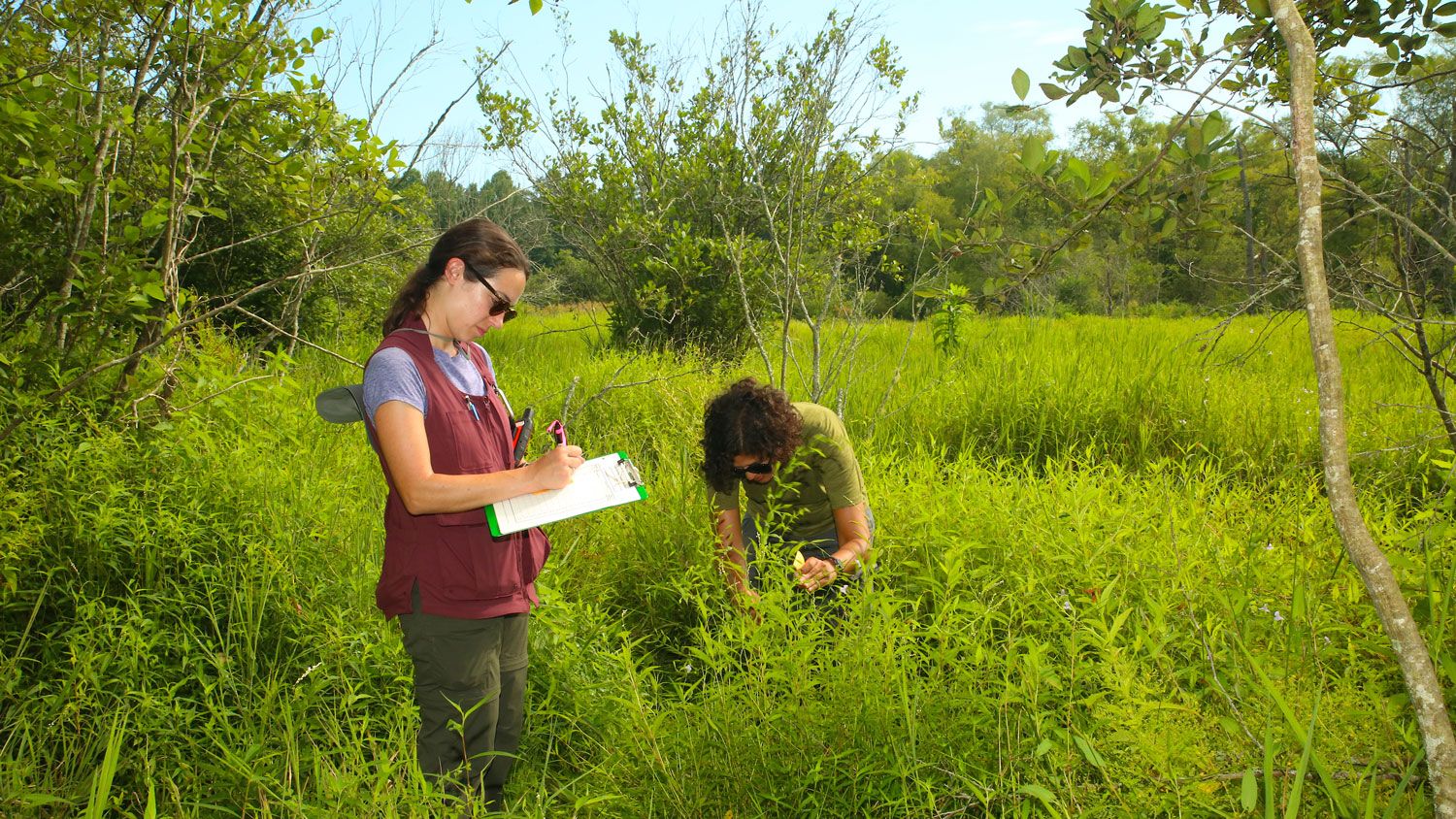
Tell us about your current research.
We are investigating how thermal tolerance affects the abilities of plants to persist in new environments, such as those in the introduced ranges of invasive species and those that have arisen due to climate change.
A master’s student in the lab, Aleah Querns, examined whether being a generalist might help a species become invasive in its introduced range. Although there are often costs to being a generalist, such that “a jack of all trades is a master of none,” invasive species may be “masters of all.” To assess whether having a broad thermal tolerance might help species become invasive, Aleah compared the thermal tolerances of native and invasive populations of the yellow monkeyflower, Mimulus guttatus.
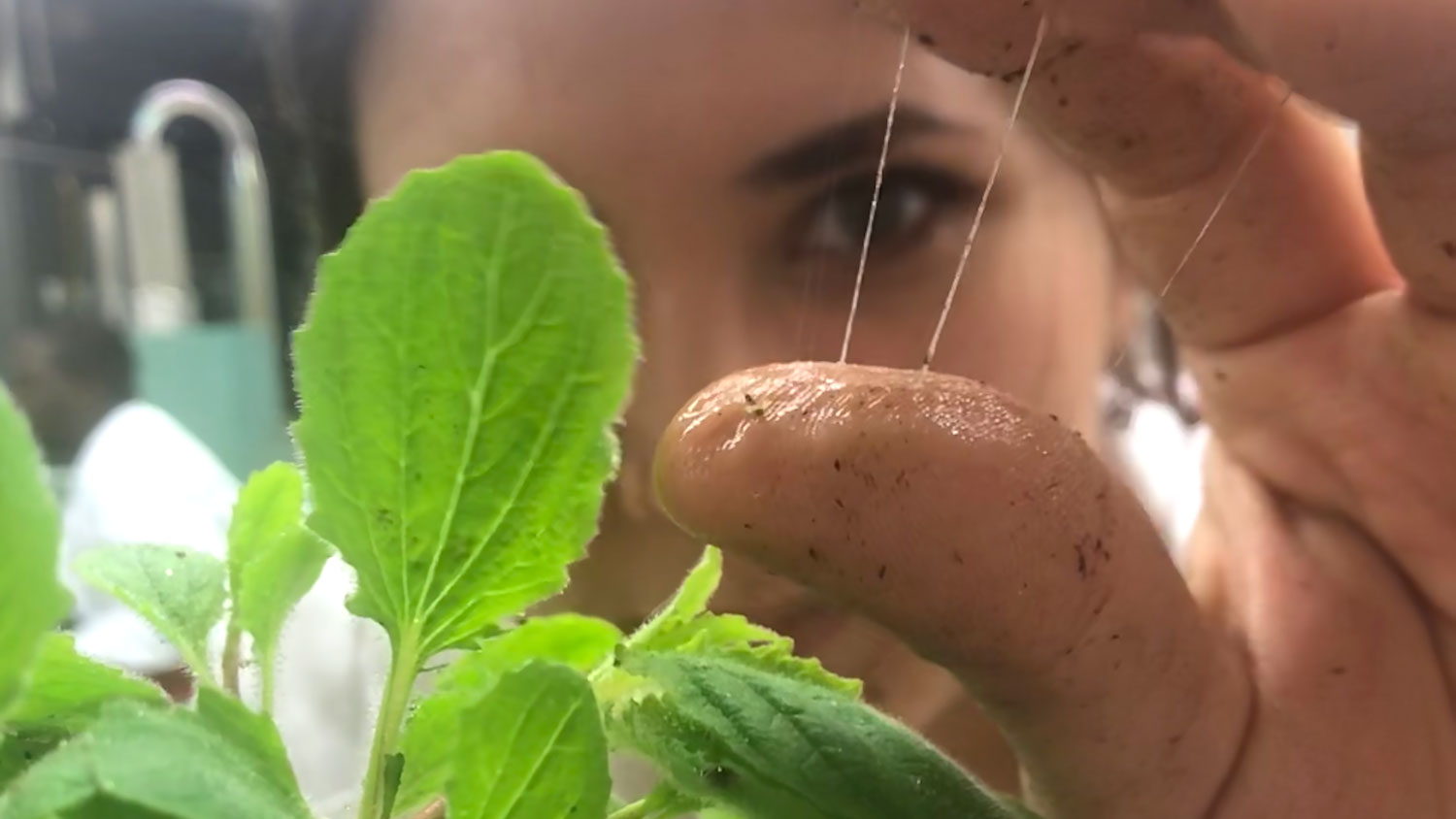
This species is native across western North America, and it has become invasive in the United Kingdom and other parts of Europe. She found that native and invasive populations had similar thermal tolerances, and that broad thermal tolerance could have played a role in the invasion of this species in the UK. However, there were costs to being a generalist in both the native and invasive range, consistent with the idea that “a jack of all temperatures is a master of none.”
In a recent study published in the journal Evolution, postdoctoral researcher Rachel Wooliver examined whether populations across the geographic range of scarlet monkeyflower (Mimulus cardinalis) have evolved increased thermal tolerance in response to recent climate change. She didn’t find evidence for the hypothesis that populations have evolved the ability to tolerate warmer temperatures. Instead, there was limited evolution of thermal tolerance in any of the populations that we looked at across the geographic range of this really widespread species.
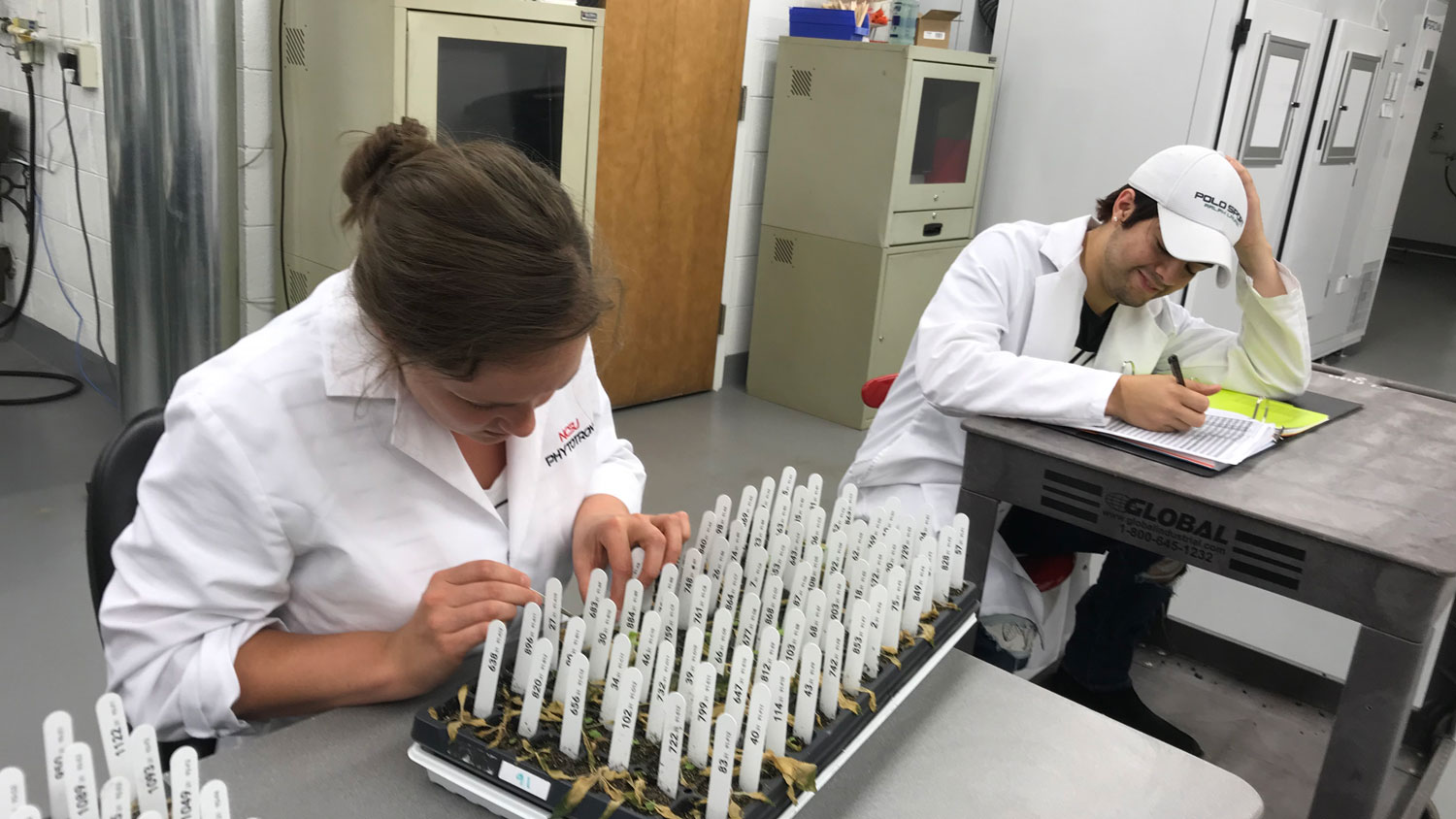
What does this mean for certain plant species or populations?
This means that at least in terms of thermal tolerance, these populations are unable to rapidly adapt to climate warming and may need to rely on other means for persisting in the face of changing climate. For example, the evolution of earlier flowering times to ensure that reproduction happens sooner in the growing season, before drought and heat become really harsh, could save populations that are declining because of climate change.
How’s your experience at NC State been so far?
The Department of Plant and Microbial Biology has been incredibly supportive of junior faculty, and I am fortunate to be part of such a diverse and uplifting community. Our department head and faculty really look out for the newer members of the department. I’ve benefited tremendously from the large group of new faculty members in CALS and across campus.
Our Faculty Think and Do everyday. Discover more amazing faculty.
This post was originally published in College of Agriculture and Life Sciences News.
- Categories:


